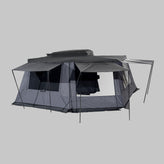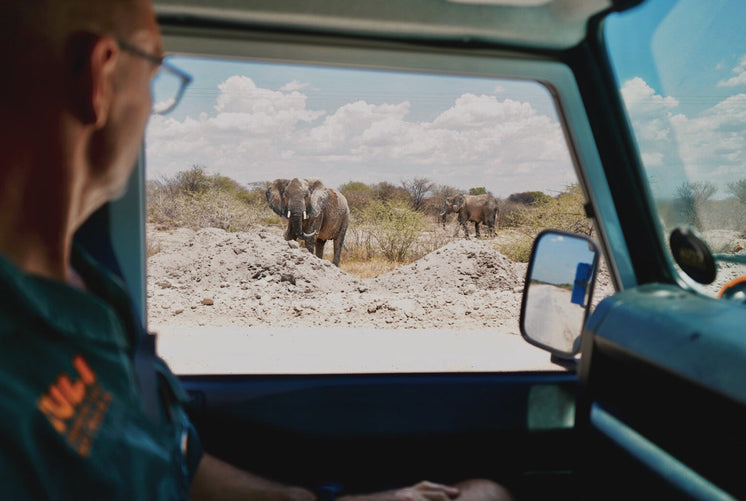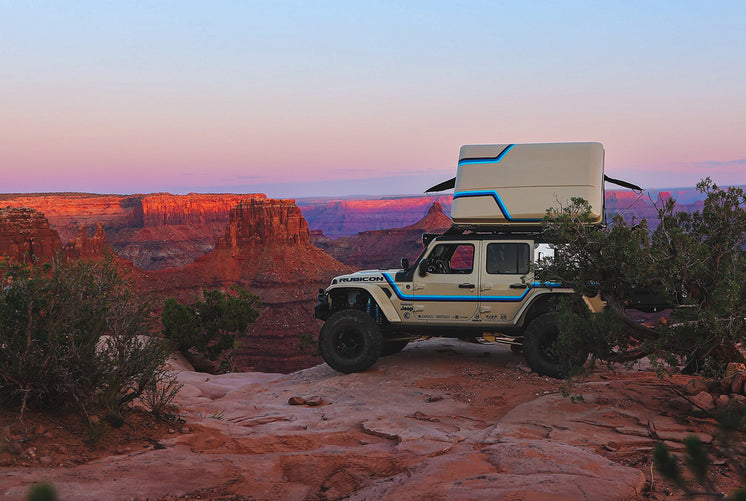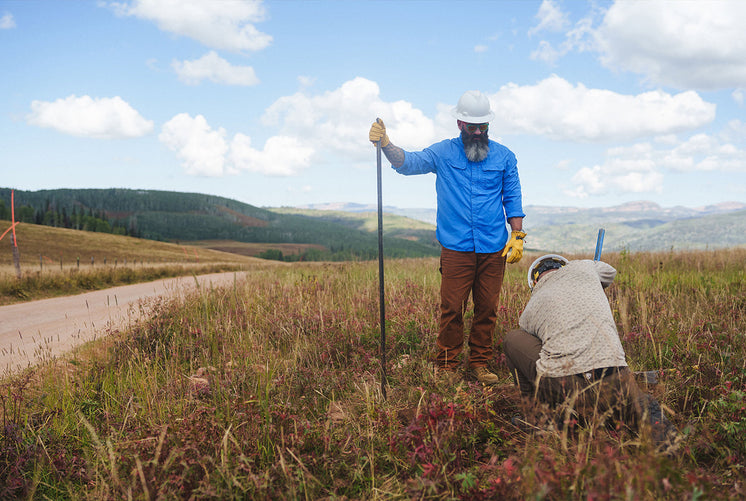How to Prevent Condensation In A Roof Top Tent
How to Prevent Condensation In A Roof Top Tent
When you're camping, it can get wet... real wet. Whether it's melting snow, morning dew, or an unexpected downpour, you want to find a way to stay dry and keep your base camp comfortable. It doesn't matter if you have a ground tent or a roof top tent, sometimes keeping moisture out of your tent is unavoidable. In this "How-To" article we are going to cover the two main areas of your roof top tent that can gather condensation and how to prevent and mitigate each one.
First off, what creates tent condensation?
If you've ever drank a cold glass of water on a warm day, you've likely seen water droplets form on the outside of the glass. When warm air hits the cold surface, it reaches its dew point and condenses. This leaves droplets of water on the glass or can.
Tent condensation forms the same way. When warm air hits cold surfaces, you can end up with a wet tent. Don't worry though, we have solutions!

The Floor
When it's cold out, this happens to nearly every RTT with an aluminum floor. The aluminum floor of your roof top tent is similar to the surface of glassware. When a warm camper sleeps on top of the aluminum floor can reach its dew point, and condensation can form under your mattress. This rarely happens when it is warm out because your body temperature and the ambient temperature are similar, so your floor won't reach its dew point.
How to prevent moisture on your floor:
If you'd like to prevent condensation under your mattress and upgrade your comfort at the same time, you can replace your foam mattress with an RTT Comfort self-inflating mattress. The RTT Comfort mattress replaces the one that came in your tent and insulates your body from the aluminum floor panel, creating a barrier so condensation is greatly reduced (or eliminated completely). The air inside the mattress acts like a double walled tumbler for your coffee. *Side Note: it's also great if you're a side sleeper and need a thicker mattress.
You can also add an anti-condensation mat under your current mattress, which allows more airflow and prevents moist air from getting trapped under your mattress.
If you have any 3.0 or X-Cover 2.0 roof top tent, your mattress already has an anti-condensation mat built into it, so you're covered! The upgraded mattress is one of many improvements to our new model line of tents.
Below you will see an image of the RTT Comfort inflatable mattress and the upgraded 9-zone mattress that comes in every new model RTT.


The Inside Canvas
The canvas tent walls can act as a net that traps your breath while you sleep. The warm air from your breath hits the cold air and creates condensation during cold nights. While you can't stop breathing to prevent moisture from condensing on the tent walls, you can crack the side windows to get a little airflow. You don't have to worry about rain getting in because the windows are protected by our window canopy system.
Sometimes the atmosphere around you is just wet, whether its rain or melting snow! It doesn't have to be raining, the humid air inside your tent can create a micro layer of moisture to the inside and outside of your tent walls. Don't worry! To prevent condensation from building up, just bring a microfiber towel and wipe down the interior of your tent. Don't forget to give the inside and outside a quick wipe off before you close it up and head home. It's that easy to prevent condensation in a tent!


Wet clothes & gear in the RTT can be a major contributor of condensation inside your tent and even your sleeping bag. If you're coming back from a rainy hike, try hanging your wet clothes from the accessory rail under your extension panel. It will protect them from the rain and allow them to drip dry.
Our Storage Rack and Shoe Rack keeps your wet gear in so you can keep the inside of your tent tidy.


Avoid the use of propane heaters because burning propane emits condensation. You can use a diesel heater which does not emit condensation from the heat exchanger.
If you're really worried about tent condensation, you can always bring a hanging moisture absorber to actively soak up any humid air. You can find these on Amazon, Lowes, and Home Depot.
Final Thoughts
It is important to remember that even though you are camping in a roof top tent, you're still camping! You may end up getting a little wet, dirty, tired, and that's ok! However, following the steps above, you will prevent tent condensation and ensure that your experience camping in the wild remains civilized.
If you have any additional questions or concerns about how to prevent condensation in a tent, please reach out to our customer support team and they would be happy to help!









































